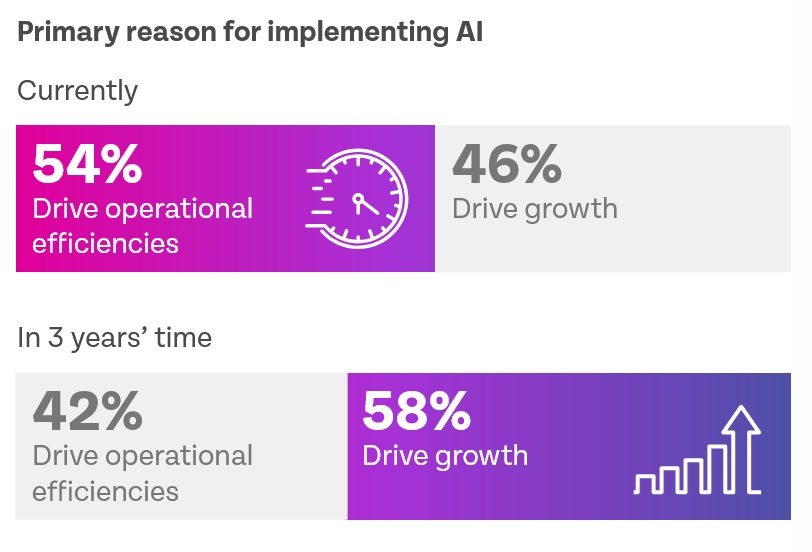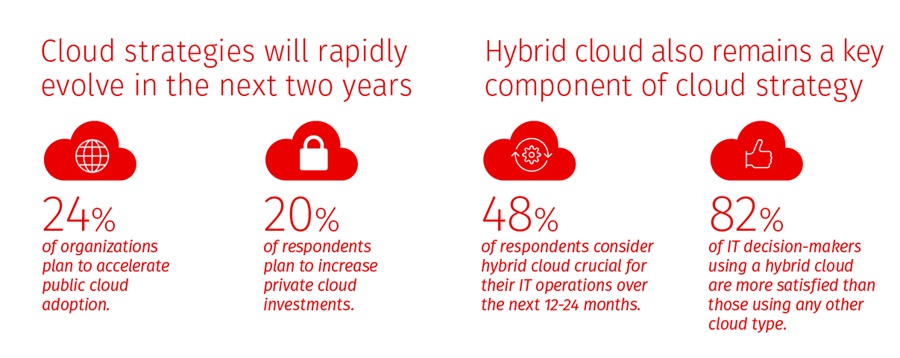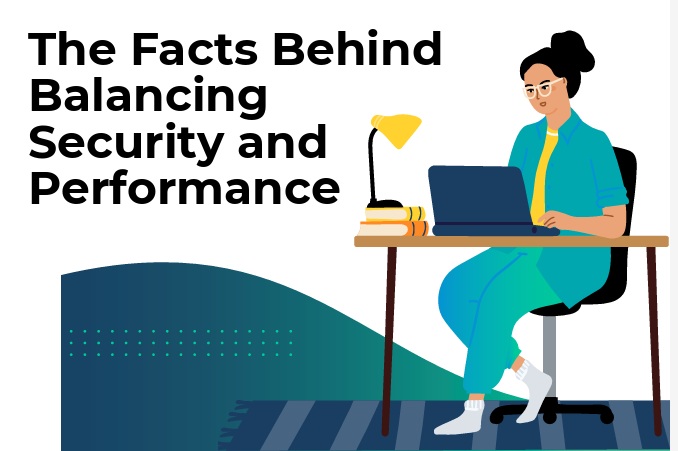
AI continues to shape the digital landscape and its explosion isn't slowing down anytime soon. Businesses innovate and unveil new technologies daily. In fact, we found 81% of enterprises plan to increase AI investments this year, focusing on predictive analytics, automation and anomaly detection.
This surge in AI adoption amplifies the need for robust data center infrastructure to handle the terabytes of data being generated daily. Fortunately, progress is already underway. The US government recently announced a $500 billion joint initiative in collaboration with industry leaders such as OpenAI, SoftBank, and Oracle to expand and modernize data center capabilities across the nation, ensuring the infrastructure can keep pace with AI's rapid growth.
Still, as much as AI will benefit from data centers, data centers need observability solutions to ensure resiliency and sustainability so businesses can operate to their full potential and provide seamless experiences to customers.
Why Observability Matters
Businesses have insurmountable amounts of data across IT infrastructures, and although digital transformation started over 20 years ago, many organizations are still in the process of transferring that data from on-premise solutions to the cloud, which — without the right tools in place — is a recipe for disaster of its own.
By implementing an observability solution, IT teams are given a single pane of glass view into their systems to ensure they remain up and running to reduce downtime — like the real-life scenario we saw play out with the Crowdstrike incident. With observability tools, anomalies within IT infrastructure can be detected faster, so time, resources, and money aren't lost. Coupled with next-generation AIOps tools that deliver actionable insights in order to remediate problems, observability solutions are a one-stop-shop for resilience. Multiple teams from L1 to L2 operations staff can now quickly collaborate during an incident with the same context and data all nicely summarized and root-cause identified through Agentic AI.
As IT practitioners, we know that it takes one small glitch in the system to completely flip business operations on a head, which is why these solutions are so important. Without observability, we might as well be flying blind in day-to-day operations, spending countless hours trying to rectify minor problems that cause gigantic risks. But with observability, the mean-time to resolution (MTTR) is significantly lowered allowing us to focus on mission critical work that's meaningful to our organizations at large.
Observability's Transformative Impact on Data Centers
With 68% of organizations leveraging AI tools for anomaly detection, root cause analysis, and real-time threat detection, a lot of data is being processed, and that data needs a home. Enter: data centers.
Observability comes into play to ensure those data centers remain up and running in the event of an error or software failure. If a data center were to experience an IT disruption, any system or AI that is connected to it may also fail in the process. The downtime could result in lost access to electronic records, decreased employee productivity, revenue loss, damaged customer trust and reputation, and potential compliance violations due to the service disruption.
However, the good news is that 59% of organizations that have implemented observability solutions report exceeding ROI expectations, with faster response times, improved uptime, and enhanced decision-making driving measurable business value.
Observability is a data center's best friend and it's imperative that as data centers increase in size and complexity, the investment stretches into sustainable and resilient observability solutions as well.
What's Next
The role of AI within IT operations is evolving rapidly with the advances in technology and acceptance of AI tools by operations staff. In the next 6 months, Agentic AI-driven observability and AIOps tools will become a must-have for any data center, thus improving their availability and bringing efficiency to the operations.



